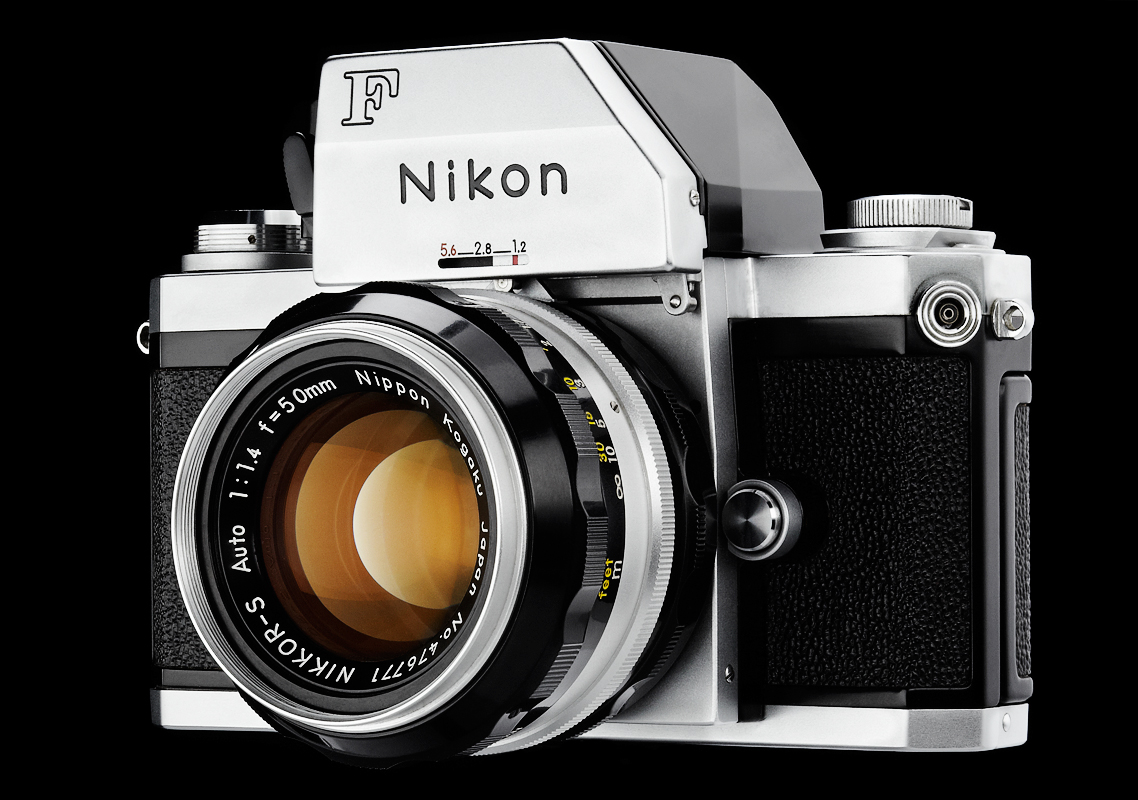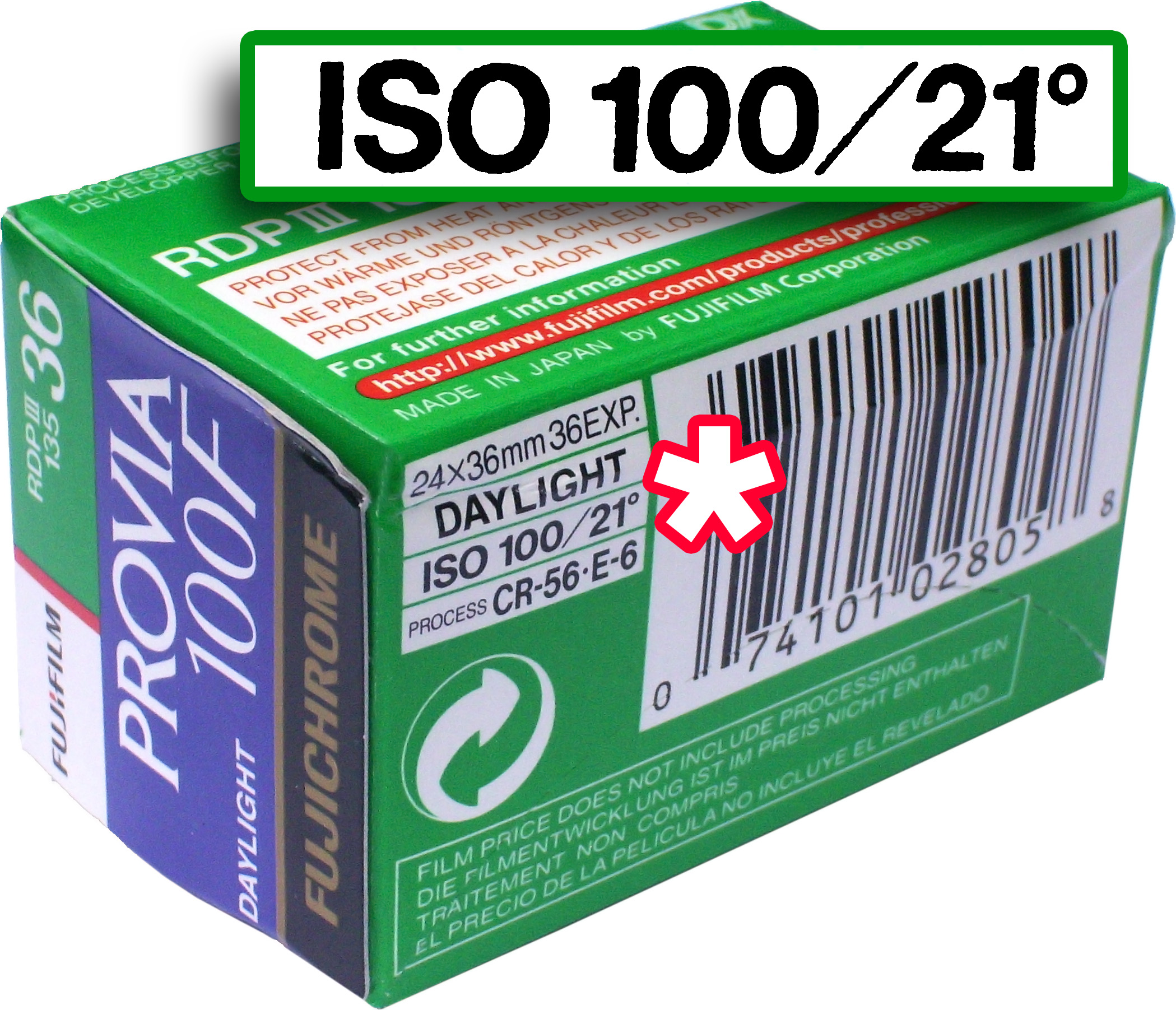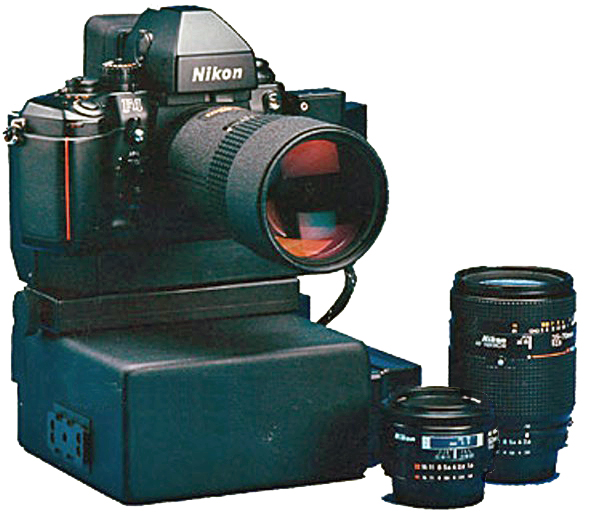|
Nikon D3500
The Nikon D3500 is an entry-level 24.2-megapixel DX format DSLR Nikon F-mount camera announced by Nikon on August 30, 2018. , the D3500 was available with two kits: with an 18-55mm f/3.5-5.6G VR lens for $499.95 and a two lens kit (18-55mm f/3.5-5.6G VR and 70-300mm f/4.5-6.3G lenses) for $849.95. It succeeded the Nikon D3400. In 2019, the D3500 won the TIPA Best DSLR Camera award. Following its decision in early 2021 to "archive" both the D3500 and D5600 in Japan while continuing to sell them elsewhere "for the time being", Nikon announced in June 2022 that production of both models had ceased. The discontinuation was seen as heralding the end of the "beginner DSLR" and Nikon did not release a direct successor to the D3500. Features The D3500 has the following features: * 24.2-megapixel CMOS image sensor. * Guide Mode * Active D-Lighting. * Full HD and HD video recording (up to 60 frames/s). * Up to 5 frames per second continuous shooting. * ISO sensitivity 100 to 25,600 ... [...More Info...] [...Related Items...] OR: [Wikipedia] [Google] [Baidu] |
Digital Single-lens Reflex Camera
A digital single-lens reflex camera (digital SLR or DSLR) is a digital camera that combines the optics and mechanisms of a single-lens reflex camera with a solid-state image sensor and digitally records the images from the sensor. The reflex design scheme is the primary difference between a DSLR and other digital cameras. In the reflex design, light travels through the lens and then to a mirror that alternates to send the image to either a prism, which shows the image in the optical viewfinder, or the image sensor when the shutter release button is pressed. The viewfinder of a DSLR presents an image that will not differ substantially from what is captured by the Image sensor, camera's sensor, as it presents it as a direct optical view through the main camera lens rather than showing an image through a separate secondary lens. DSLRs largely replaced film-based SLRs during the 2000s. Major camera manufacturers began to transition their product lines away from DSLR cameras to mirror ... [...More Info...] [...Related Items...] OR: [Wikipedia] [Google] [Baidu] |
Nikon D3400
The Nikon D3400 is a 24.2-megapixel DX format DSLR Nikon F-mount camera officially launched by Nikon on August 17, 2016. It is marketed as an entry-level DSLR camera for beginners and experienced DSLR hobbyists. It replaces the D3300 as Nikon's entry level DSLR. Nikon offers a body/lens kit combinations that varies from country to country. In most countries the D3400 is available with an AF-P 18-55 mm kit lens that includes Nikon's image stabilization Image stabilization (IS) is a family of techniques that reduce motion blur, blurring associated with the motion of a camera or other imaging device during exposure (photography), exposure. Generally, it compensates for panning (camera), pan an ... ( Vibration Reduction, VR). In the US there is an unusual two lens kit option offered only with the black body. The 18–55 mm lens has VR but the second lens being a 70–300 mm is the non-VR variant for a total of US$999. The D3400 is available in a black or red body. The D3400 ... [...More Info...] [...Related Items...] OR: [Wikipedia] [Google] [Baidu] |
Nikon F-mount Cameras
(, ; ) is a Japanese optics and photographic equipment manufacturer. Nikon's products include cameras, camera lenses, binoculars, microscopes, ophthalmic lenses, measurement instruments, rifle scopes, spotting scopes, and equipment related to semiconductor fabrication, such as steppers used in the photolithography steps of such manufacturing. Nikon is the world's second largest manufacturer of such equipment. Since July 2024, Nikon has been headquartered in Nishi-Ōi, Shinagawa, Tokyo where the plant has been located since 1918. The company is the eighth-largest chip equipment maker as reported in 2017. Also, it has diversified into new areas like 3D printing and regenerative medicine to compensate for the shrinking digital camera market. Among Nikon's many notable product lines are Nikkor imaging lenses (for F-mount cameras, large format photography, photographic enlargers, and other applications), the Nikon F-series of 35 mm film SLR cameras, the Nikon D-series of digit ... [...More Info...] [...Related Items...] OR: [Wikipedia] [Google] [Baidu] |
Autofocus
An autofocus (AF) optical system uses a sensor, a control system and a motor to focus on an automatically or manually selected point or area. An electronic rangefinder has a display instead of the motor; the adjustment of the optical system has to be done manually until indication. Autofocus methods are distinguished as active, passive or hybrid types. Autofocus systems rely on one or more sensors to determine correct focus. Some AF systems rely on a single sensor, while others use an array of sensors. Most modern SLR cameras use through-the-lens optical sensors, with a separate sensor array providing light metering, although the latter can be programmed to prioritize its metering to the same area as one or more of the AF sensors. Through-the-lens optical autofocusing is usually speedier and more precise than manual focus with an ordinary viewfinder, although more precise manual focus can be achieved with special accessories such as focusing magnifiers. Autofocus accur ... [...More Info...] [...Related Items...] OR: [Wikipedia] [Google] [Baidu] |
Film Speed
Film speed is the measure of a photographic film's sensitivity to light, determined by sensitometry and measured on various numerical scales, the most recent being the ISO system introduced in 1974. A closely related system, also known as ISO, is used to describe the relationship between exposure and output image lightness in digital cameras. Prior to ISO, the most common systems were ASA in the United States and DIN in Europe. The term ''speed'' comes from the early days of photography. Photographic emulsions that were more sensitive to light needed less time to generate an acceptable image and thus a complete exposure could be finished faster, with the subjects having to hold still for a shorter length of time. Emulsions that were less sensitive were deemed "slower" as the time to complete an exposure was much longer and often usable only for still life photography. Exposure times for photographic emulsions shortened from hours to fractions of a second by the late 19th ... [...More Info...] [...Related Items...] OR: [Wikipedia] [Google] [Baidu] |
Nikon D5600
The Nikon D5600 is a 24.2 megapixel upper-entry level, APS-C sensor DSLR announced by Nikon on November 10, 2016, as the successor of the D5500. The camera has an F-mount. D5600 offers only small changes over the predecessor, among them is Bluetooth connection. With SnapBridge application on smart device, the camera can be remote controlled. SnapBridge also allows automated updating of camera's clock and GPS. In January 2021, Nikon announced that the D5600 and D3500 would no longer be sold in Japan, but that sales elsewhere would continue "for the time being". In June 2022, it was confirmed that production of both models had ceased. Nikon did not release a direct successor to the D5600. Features * 24MP CMOS sensor with no optical low-pass filter (OLPF), Nikon DX format; focal length equivalent to approx. 1.5x that of lenses with FX-format angle of view. * Nikon EXPEED 4 image/video processor. * 3.2″ Fully Articulated touchscreen LCD with 1.04M dots * Full HD 1080p / ... [...More Info...] [...Related Items...] OR: [Wikipedia] [Google] [Baidu] |
Technical Image Press Association
The Technical Image Press Association (TIPA) is an international, non-profit association advocating the interests of the photography and imaging magazine-publishing industry. The association represents 30 titles, published in eight European countries and seven non-European countries. History The organization was established in 1991 as an association of European photography and imaging magazines. Since 2009, members have joined from outside of Europe. Activities Each year, the editors of the member magazines vote for the best products introduced to the market during the previous twelve months, taking into account innovation, cutting-edge technology, design, ease-of-use and the price to performance ratio of the products. TIPA held its annual awards ceremony every second year at photokina, a biennial trade fair for the photographic and imaging industries. Since 2021 the awards have been at the PHOTOPIA Hamburg Festival of Imaging. Member magazines The member magazines that form ... [...More Info...] [...Related Items...] OR: [Wikipedia] [Google] [Baidu] |
Nikon
(, ; ) is a Japanese optics and photographic equipment manufacturer. Nikon's products include cameras, camera lenses, binoculars, microscopes, ophthalmic lenses, measurement instruments, rifle scopes, spotting scopes, and equipment related to Semiconductor device fabrication, semiconductor fabrication, such as Stepper, steppers used in the photolithography steps of such manufacturing. Nikon is the world's second largest manufacturer of such equipment. Since July 2024, Nikon has been headquartered in Nishi-Ōi, Shinagawa, Shinagawa, Tokyo where the plant has been located since 1918. The company is the eighth-largest chip equipment maker as reported in 2017. Also, it has diversified into new areas like 3D printers, 3D printing and regenerative medicine to compensate for the shrinking digital camera market. Among Nikon's many notable product lines are Nikkor imaging lenses (for Nikon F-mount, F-mount cameras, large format photography, photographic enlargers, and other applicatio ... [...More Info...] [...Related Items...] OR: [Wikipedia] [Google] [Baidu] |
DSLR
A digital single-lens reflex camera (digital SLR or DSLR) is a digital camera that combines the optics and mechanisms of a single-lens reflex camera with a solid-state image sensor and digitally records the images from the sensor. The reflex design scheme is the primary difference between a DSLR and other digital cameras. In the reflex design, light travels through the lens and then to a mirror that alternates to send the image to either a prism, which shows the image in the optical viewfinder, or the image sensor when the shutter release button is pressed. The viewfinder of a DSLR presents an image that will not differ substantially from what is captured by the camera's sensor, as it presents it as a direct optical view through the main camera lens rather than showing an image through a separate secondary lens. DSLRs largely replaced film-based SLRs during the 2000s. Major camera manufacturers began to transition their product lines away from DSLR cameras to mirrorless interc ... [...More Info...] [...Related Items...] OR: [Wikipedia] [Google] [Baidu] |
Secure Digital Card
Secure Digital (SD) is a proprietary, non-volatile, flash memory card format developed by the SD Association (SDA). Owing to their compact size, SD cards have been widely adopted in a variety of portable consumer electronics, including digital cameras, camcorders, video game consoles, mobile phones, action cameras, and camera drones. The SD format was introduced in August 1999 by SanDisk, Panasonic (then known as Matsushita), and Kioxia (then part of Toshiba). It was designed as a successor to the MultiMediaCard (MMC) format, introducing several improvements aimed at enhancing usability, durability, and performance, which contributed to its rapid emergence as an industry standard. To manage the licensing and intellectual property rights related to the format, the three companies established SD-3C, LLC. In January 2000, they also founded the SDA, a non-profit organization dedicated to developing and promoting SD card standards. As of 2023, the SDA includes approximatel ... [...More Info...] [...Related Items...] OR: [Wikipedia] [Google] [Baidu] |
Nikon DX Format
The Nikon DX format is an alternative name used by Nikon corporation for APS-C image sensor format being approximately 24x16 mm. Its dimensions are about (29 mm vs 43 mm diagonal, approx.) those of the 35mm format. The format was created by Nikon for its digital SLR cameras, many of which are equipped with DX-sized sensors. DX format is very similar in size to sensors from Pentax, Sony and other camera manufacturers. All are referred to as APS-C, including the Canon cameras with a slightly smaller sensor. Nikon has produced 23 lenses for the DX format, from macro to telephoto lenses. 35mm format lenses can also be used with DX format cameras, with additional advantages: less vignetting, less distortion and often better border sharpness. Disadvantages of 35mm lenses include generally higher weight and incompatible features such as autofocus with some lower-end DX cameras. Nikon has also produced digital SLRs that feature the larger Nikon FX format sensor that i ... [...More Info...] [...Related Items...] OR: [Wikipedia] [Google] [Baidu] |




